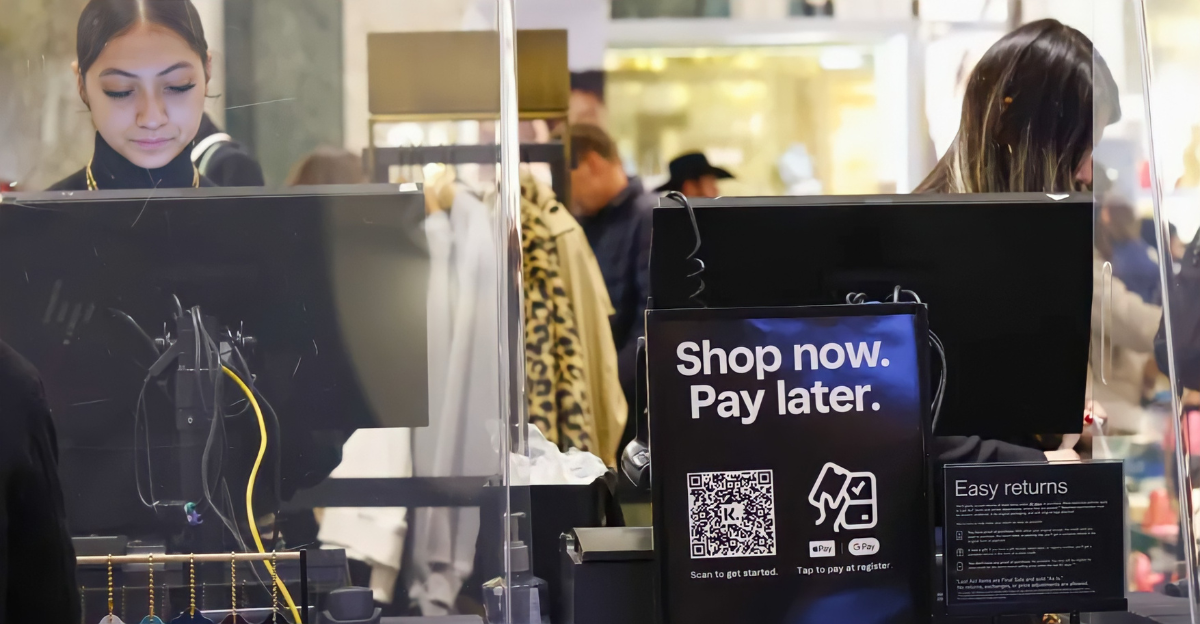
In the last five years, Buy Now, Pay Later has become an incredibly popular service that countless Americans use. The service is alluring to consumers who want to buy the items they want instantly without having to worry about the money immediately.
This year, BNPL transactions went over $300 billion, with millions of people using the service around the globe. However, behind it all, there’s a rising problem that comes with the instant gratification that consumers are getting. Klarna, a BNPL provider, has provided statistics, and it’s grim. The provider has reported a 17% YoY (year-over-year) surge in credit losses.
Defaults Rise
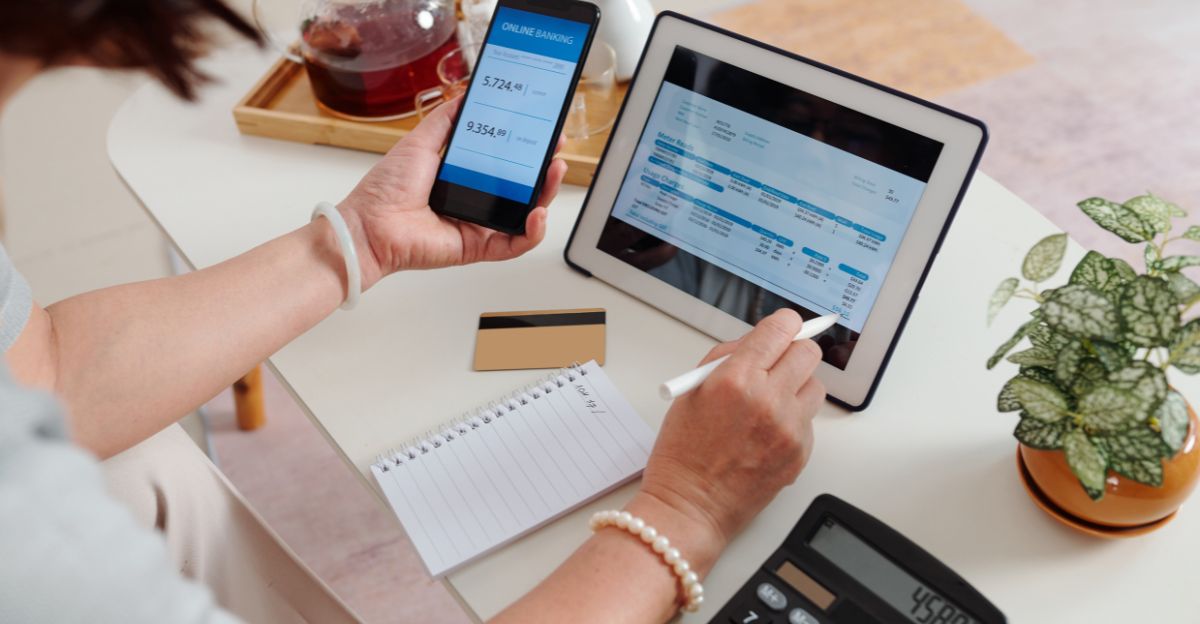
Credit losses in the BNPL sector have risen dramatically, with many people defaulting on their payments. 40% of consumers who used BNPL in the past year have ended up making payments late, which is a significantly bigger number than in previous years.
Despite the default rates rising, they are still lower than credit card defaults. However, a trend is clearly emerging, and one which could serve to destabilize the BNPL providers.
Reasons Behind The Increase In Defaults

There’s clear factors at play that are increasing the overall default rates that weren’t necessarily around five years ago.
These factors include overall spending becoming more strained as wages fall behind rising costs of living, funding BNPL through credit cards, only exacerbating debt, and how easy it is to get approved for BNPL.
Outside Of a Strict Regulatory Framework
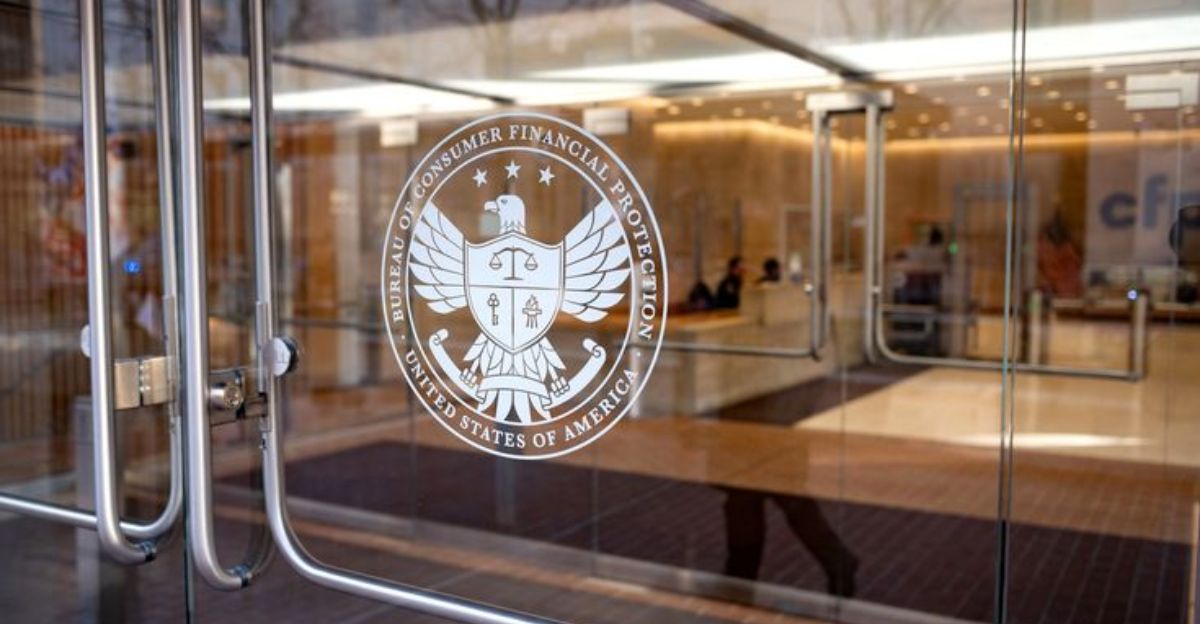
While most credit providers use stricter regulatory frameworks to lower the risk of defaults, BNPL often operates outside of them. The Consumer Financial Protection Bureau (CFPB) has recently rolled back important requirements for standardized disclosures and fee transparency.
What this means for consumers is fewer protections and higher risks while providers take less accountability.
A Business Model Under Strain
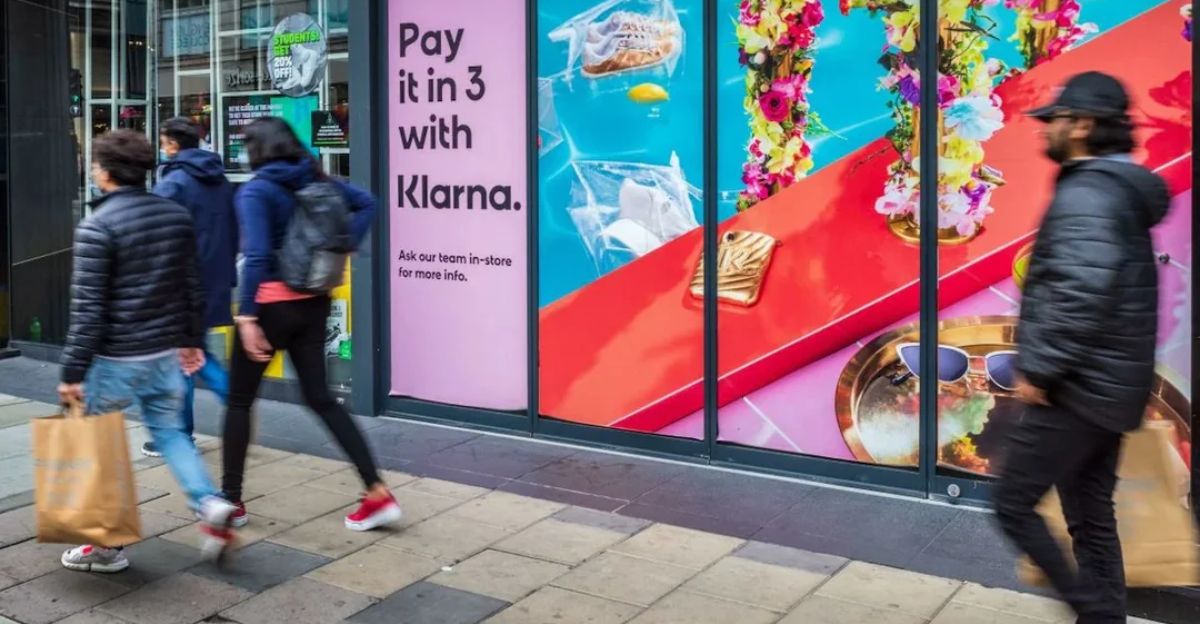
The way BNPL works is that when a consumer buys an item and doesn’t pay upfront, the BNPL provider will take the burden of the cost and pay the merchant immediately.
However, when defaults rise, providers also have to absorb these losses themselves. This means that the BNPL business model is starting to strain as profit margins shrink due to higher interest rates.
Who’s At Risk?

BNPL’s model is the most attractive to younger consumers who aren’t as well established, as well as low-income groups. Most of BNPL’s users are borrowers who have a less reputable or limited credit history.
This makes them riskier for lenders, but BNPL’s lax restrictions make it the best way to afford items. However, while the service does enable spending, it can lead many to face mounting fees and even worse credit profiles.
Merchant Fallout

BNPL’s service is starting to wear on Merchants, who were once assured of higher conversion rates and bigger basket sizes.
However, higher defaults, providers are tightening lending and raising fees, which means that merchants only see lower approval rates and higher costs. The idyllic days of BNPL might just be in the past.
Investors Are Concerned
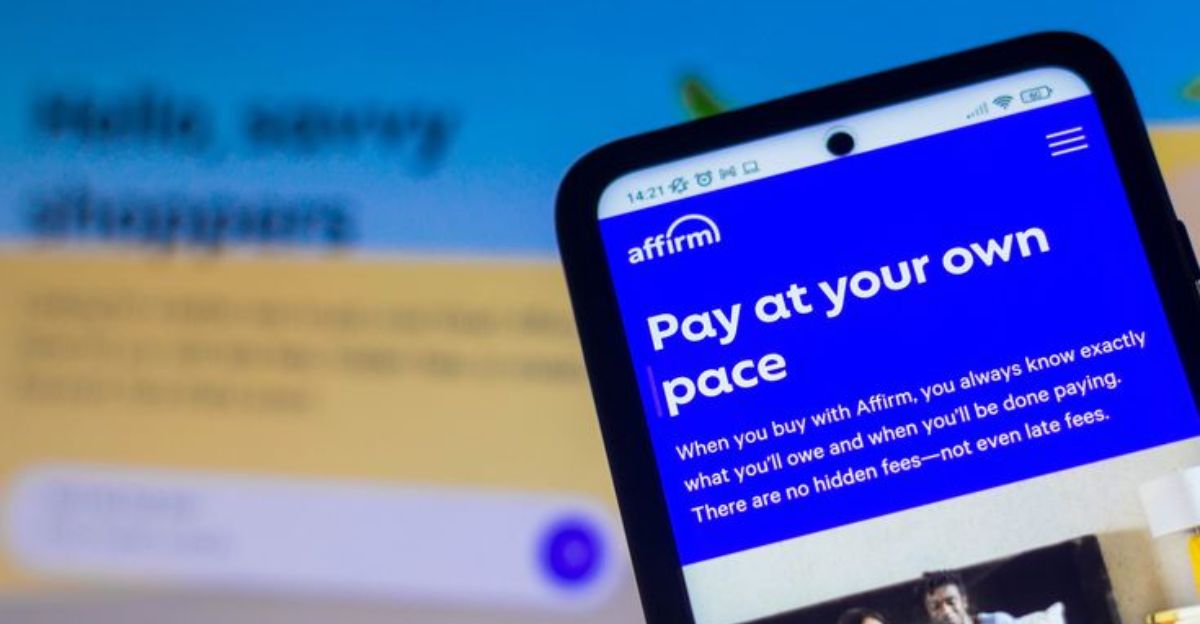
Stocks have been dropping. One BNPL provider, Affirm Holdings, saw a 17% drop in 2025. Growth is slowing down more than ever, while people are paying past deadlines or defaulting entirely.
Investors are showing concern, and many wonder if BNPL’s days of viability are shrinking as many smaller providers are having to adapt or close their doors.
Adapting
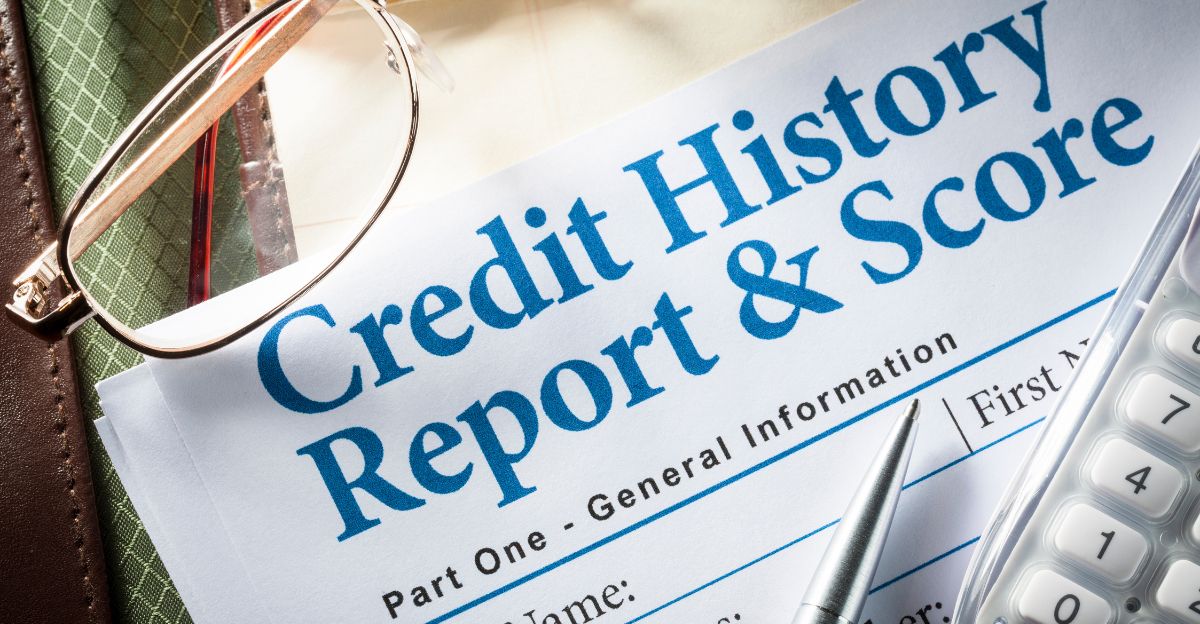
Most BNPL players are in agreement, and changes have to be made in order to keep the model sustainable for both merchants, providers, and consumers.
Many providers are becoming more restrictive with consumer credit checks and diversifying their services. There is a need for clearer regulation to re-establish confidence in investors, merchants, and providers.
What Consumers Should Take Away

Consumers should look at the recent problems with BNPL and see that it is more than a risk-free way of purchasing items immediately. If payments cannot be made on the items, then there will be repercussions, such as late fees, tarnished credit scores, and debt.
Always make sure to read the terms and conditions of any loans, including BNPL. Consumers now need to navigate the landscape of loans more carefully than ever before.